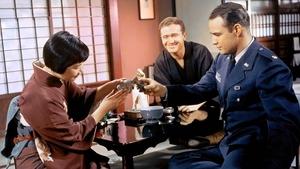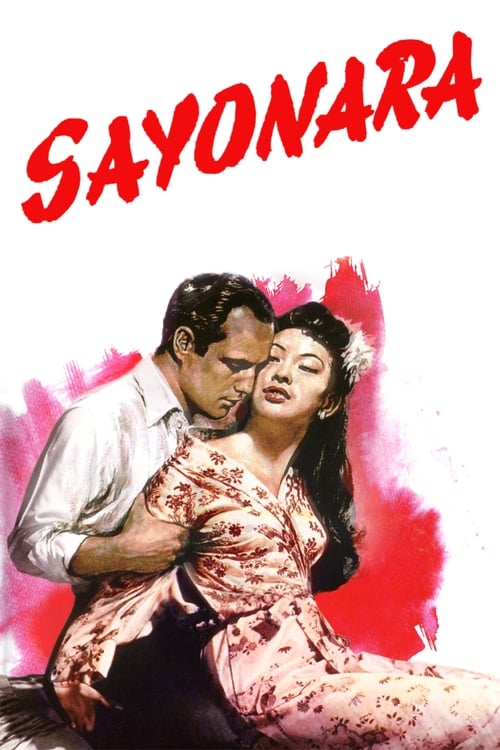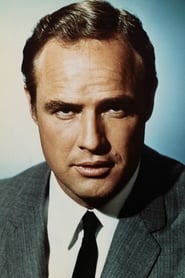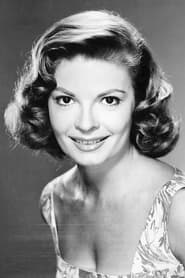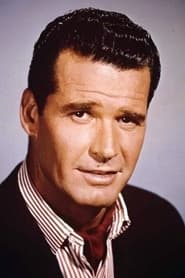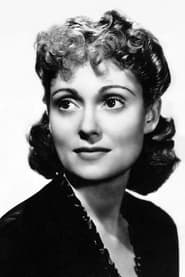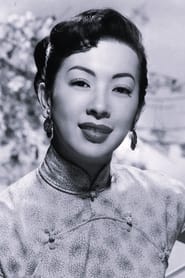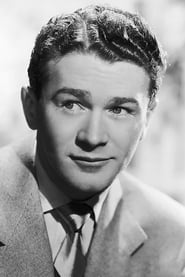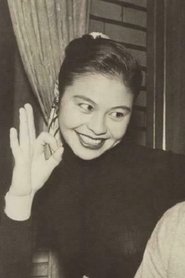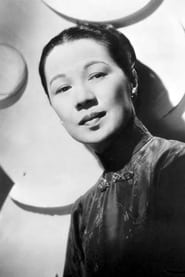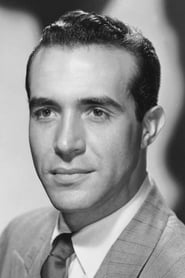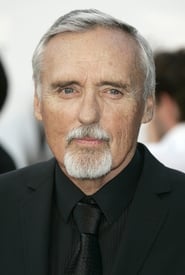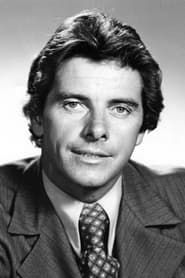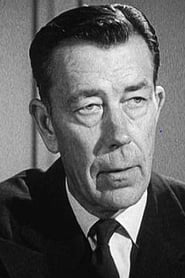Cast
View AllMarlon Brando
as Major Lloyd Gruver
Patricia Owens
as Eileen Webster
James Garner
as Capt. Mike Bailey
Martha Scott
as Mrs. Webster
Miiko Taka
as Hana-ogi
Miyoshi Umeki
as Katsumi
Red Buttons
as Joe Kelly
Kent Smith
as Gen. Webster
Douglass Watson
as Col. Craford
Reiko Kuba
as Fumiko-san
Soo Yong
as Terukosan
Ricardo Montalban
as Nakamura
Dennis Hopper
as MP in Kelly's House / MP at Tokyo Airport (voice) (uncredited)
Peter Brown
as Second Military Police (voice) (uncredited)
Kenner G. Kemp
as General at Tokyo Airport (uncredited)
Crew
Director
- Joshua Logan
Producer
- William Goetz
Reviews
Wuchak
_**Brando’s romantic culture clash in Japan after WW2**_
In 1951, an American Air Force pilot serving in Korea (Marlon Brando) is reassigned to Kobe, Japan, where he deals with his American fiancé (Patricia Owens) and a Japanese performer who attracts his attention (Miiko Taka). The problem is there’s a military order against fraternizing with indigenous women. James Garner and Red Buttons have peripheral roles while Ricardo Montalban is on hand as a famous Kabuki entertainer.
“Sayonara” (1957) is a romantic drama highlighted by Brando’s performance as a genial Southern officer, the Japanese culture & locations, plus the quaint conventions of the time period, not to mention Garner in one of his earliest roles. It’s similar to “The Ugly American” (1963), but arguably better. “Désirée” (1954) is another apt comparison, despite taking placing during the Napoleonic era.
The film is a little long at 2 hours, 27 minutes, but I didn’t mind. It was shot in Japan with some stuff done in Burbank & Hollywood.
GRADE: B
Nov 10, 2021
CinemaSerf
Though it does try to deal with some quite poignant issues, I’m afraid it struggles to engage as it plods along a bit too sedately for 2½ hours. It’s set in an immediately post-war Korea and sees “Joe” (Red Buttons) fall in love with a Japanese gal. Now that’s strictly against the rules of fraternisation and he risks an immediate court martial. It’s only going to get more precarious when he decides to marry “Katsumi” (Miyoshi Umeki) and he asks his all-American boss “Maj. Gruver” (Marlon Brando) if he’ll be the best man. Things are further complicated because not only is “Gruver” the son of a commanding general but he also doesn’t really comprehend why his friend would be willing to surrender his US citizenship just to marry this girl. As the story develops, we discover that “Gruver” is slated to marry “Eileen” (Patricia Owens) who’s also the child of a general - but there is soon a fly in that particular ointment as “Hana-ogi” (Miiko Taka) comes onto the scene and fairly rapidly the major begins to understand his friend “Joe” an whole lot more. Perhaps a little surprisingly, “Eileen” isn’t entirely unsympathetic and it’s largely through her characterisation that a light is shone on the attitudes of the occupying administration to dalliances, even marriages, of their personnel with the indigenous population. In many ways it’s quite an effective invitation to look at one’s own attitudes and clearly with wounds from WWII still fresh in the minds of many Americans, it uses the extremeness of these scenarios to offer some hope of reconciliation rising from the hatred, brutality and mistrust that has been successfully nurtured by a series of rules and regulations that seem designed not with any ethnicity in mind, but more to avoid an influx of “new” citizens to the USA after the troops have returned home. James Garner’s “Bailey” adds to the conundrum as he, too, is enamoured of a young and popular dancer but his contribution is somewhat undercooked. There is one especially torrid scene with the young “Katsumi” so desperate to conform that she is considering paying a quack doctor for her eyes to be “reset” - an appalling proposition at any time, but also quite indicative of a situation where true love prevailed and not just convenient sex. Despite that compelling mix of topics and two strongly emotional efforts from both Buttons and Umeki, Brando and Garner just aren’t really at the races here and there’s simply too much dialogue as it takes an interminable time to make it’s point. It does look good, the aesthetic is vivid and the dance routines evocative of a Korean culture that has, for many, just swapped one invader for another. It’s worth a watch, but could have been more focussed.
Feb 13, 2025
Thematic Analysis
As a dramatic work, Sayonara examines complex human relationships and emotional struggles against the backdrop of a period setting that reflects societal issues of its time. The character development particularly stands out, offering viewers a chance to reflect on their own life journeys.
Director Joshua Logan brings their distinctive visual style to this film, continuing their exploration of themes seen in their previous works while adding new elements. Their approach to character development and emotional depth creates a viewing experience that rewards close attention.
Released in 1957, the film exists within a cultural context that now offers viewers historical perspective on the social issues of that era. Its reception demonstrates the diverse reactions to its artistic choices and its place in cinema history.
Did You Know?
- The production of Sayonara took approximately 8 months from pre-production to final cut.
- The final cut of the film runs for 147 minutes, though the director's initial assembly was reportedly 187 minutes long.
- Several scenes were filmed in multiple locations to capture the perfect setting.
- The cast underwent specialized training for 6 weeks before filming began.
- The musical score contains over 38 unique compositions.
Historical Context
- In 1957, when this film was released:
- Rock and roll music was revolutionizing popular culture.
- The civil rights movement was gaining momentum in the United States.
- The film industry was dominated by major studios, with independent cinema still in its early development.
How This Film Stands Out
While Sayonara shares thematic elements with other films in its genre, it distinguishes itself through its unique approach to storytelling, visual style, and character development.
Unlike Elmer Gantry, which takes a more conventional approach to its subject matter, Sayonara subverts genre expectations by exploring its themes with greater nuance.
While films like Obsession and The Prime of Miss Jean Brodie explore similar territory, Sayonara stands apart through its distinctive directorial vision and pacing.
This film's unique contribution to cinema lies in its thoughtful balance of entertainment value and thematic depth, making it a valuable addition to its genre.
Details
- Release Date: December 25, 1957
- Runtime: 2h 27m
Where to Watch


